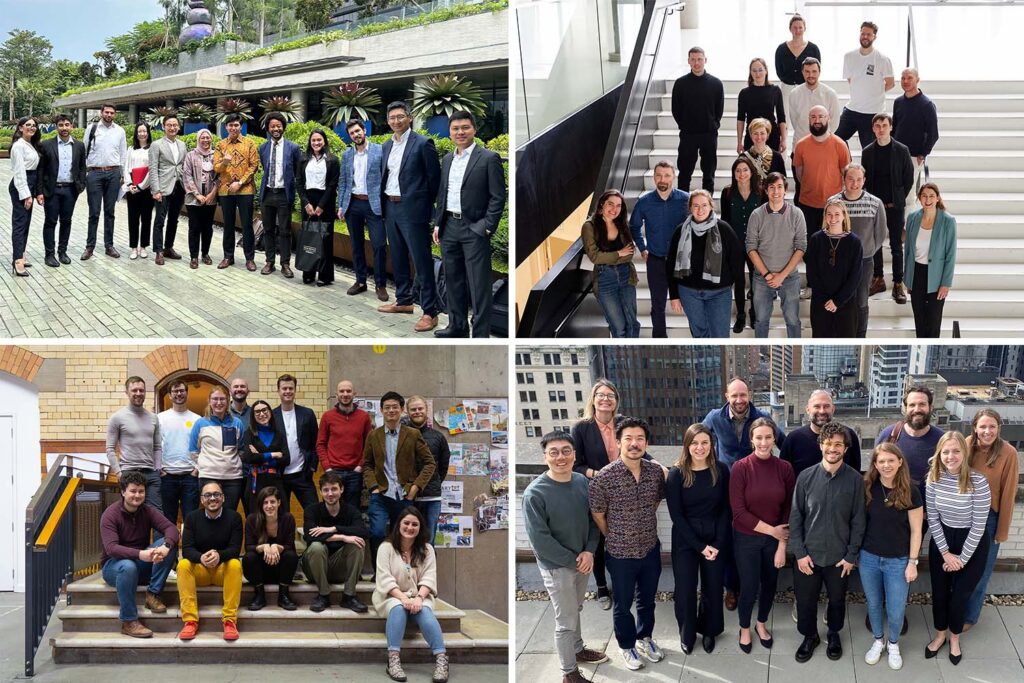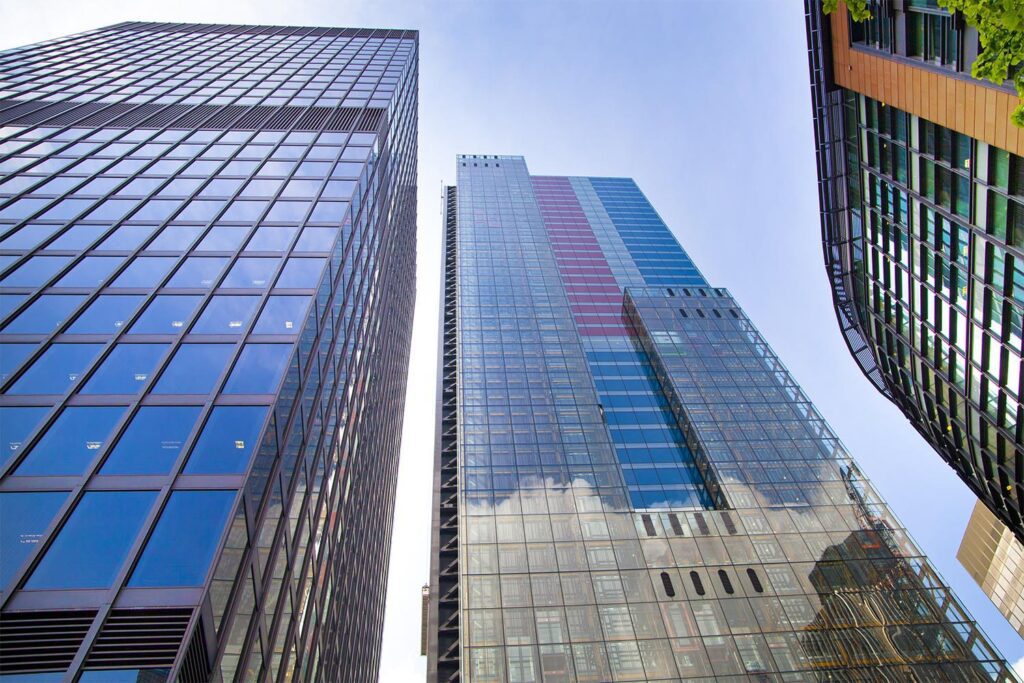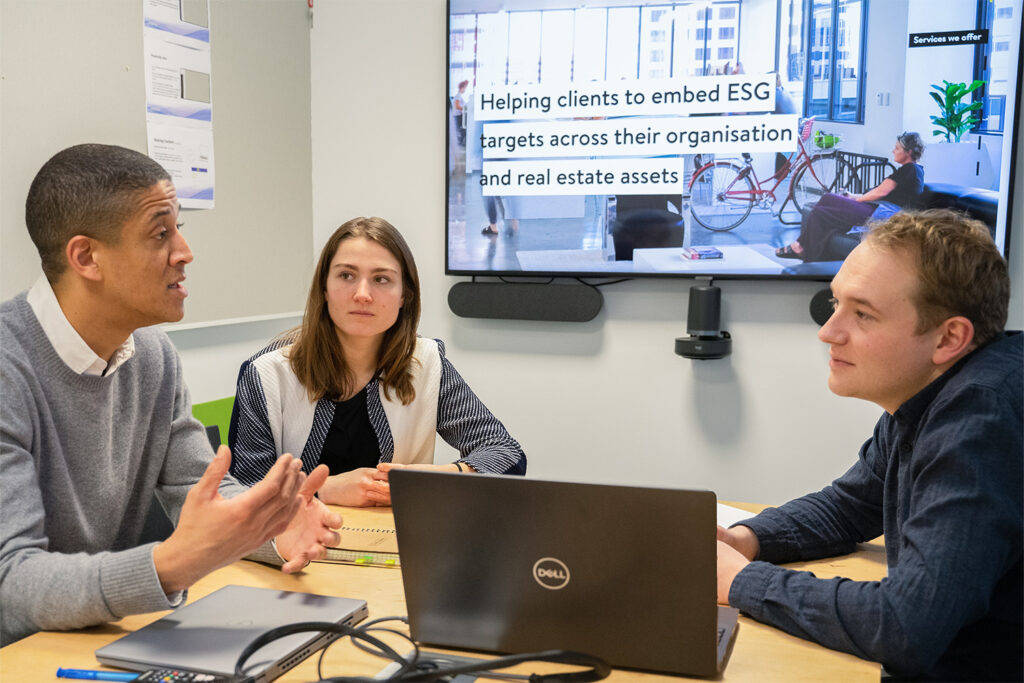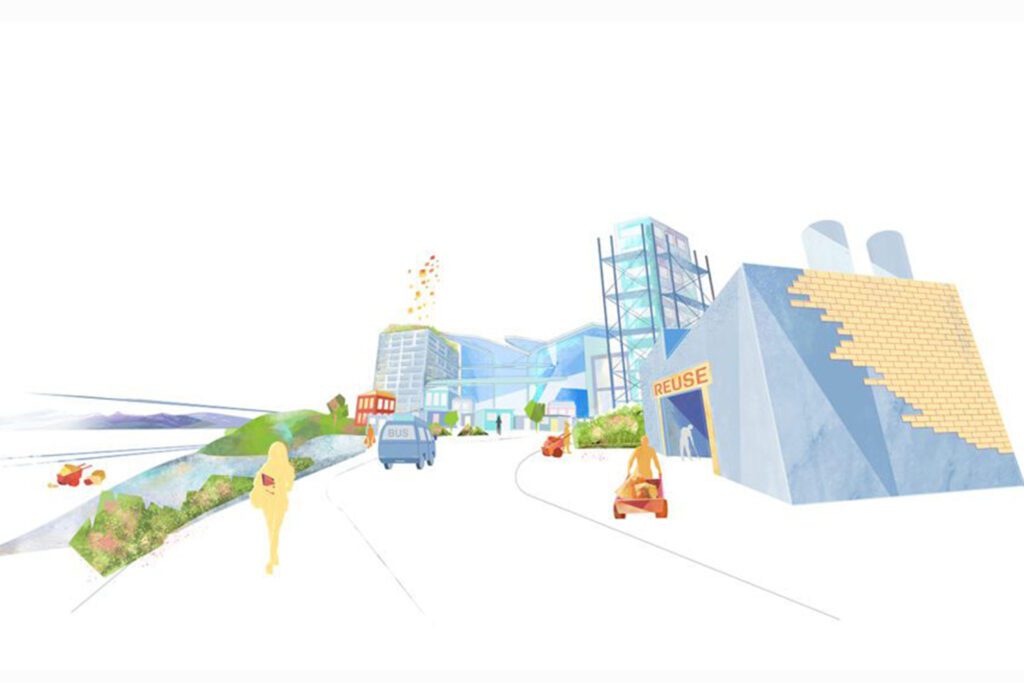London, capital city or city of capital? – How Urban C:lab explored this provocation
London is England’s capital city. Many regard it as the UK’s capital of capitals: of politics, of culture, of finance, of knowledge, of tourism… but who generates this capital? How is it generated? Who has access to and benefits from these capitals?
‘Capital city or city of capital?’, was the provocation to be explored during the Urban C:lab congress in London. Six ingredients were key to this explorative journey where ‘C:labbers’ from across the globe and collaborators immersed themselves in a city, its fabric, its culture and its people – with the goal to co-create innovative responses to the challenges the city faces. What is the recipe to inspire and build the trust required for breakthrough creative ideas?
Ingredient #1: setting a provocation
Can we take London’s future success for granted? The ‘capital of capitals’ is how worldsbestcities.com describes London. The same site has ranked London as the world’s best city for seven straight years. The capital has many strengths, and the city makes a wide range of contributions to the UK as a whole.
For decades London was the engine of economic growth for the UK.1 The capital’s wide-ranging arts and cultural offer is an important draw for visitors nationally and internationally.2 London mayor Sadiq Khan has recently become the chair of C40 Cities, building on the city’s confirmation as the world’s first National Park City in 20193.
London’s economy, however, is at a cross-roads. Productivity in the capital has flat lined since 2007;4 35% of grass roots music venues have been lost in the last decade;5 house prices are 73% higher than the national average6, 25% of the capitals population (2.2 million people) live in poverty.7
As recognised in the mayor’s recent plan to build a fairer city8, London is divided and, for many, a precarious place to call home. So, what is it? Capital city or city of capital? Unquestionably it is both. But can we rethink how capital is generated, managed and distributed to create a fairer London?
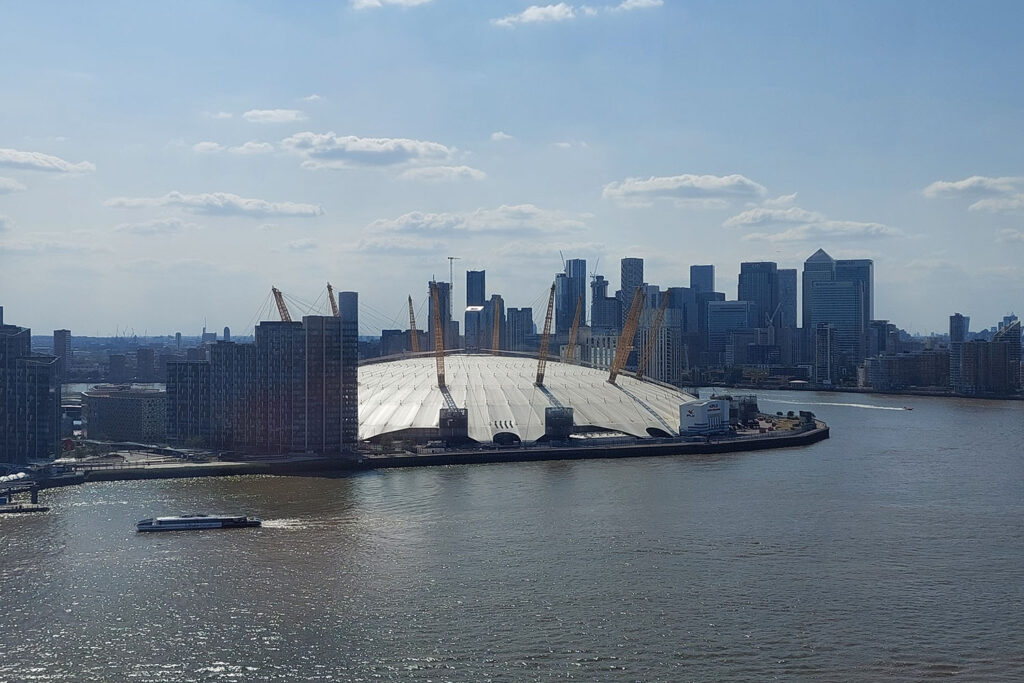
Ingredient #2: mix and mingle in a different context
Where and when do your best ideas happen? Meeting face to face, experiencing diverse thoughts, changing contexts and breaking bread are key elements to enable a group to unpick such a complex, entangled issue as outlined in the provocation. We brought together Buro Happold’s 47 C:labbers with 30 collaborators. This group represented a range of backgrounds – interdisciplinary researchers, architects, planners, engineers, writers, insurers – and lived experiences in cities from London through to Jakarta and Reno.
By taking the group away from their day-to-day settings, we enabled conversations that are much less restricted or confined by role or past experiences. Urban C:lab is founded on the basis of being free of hierarchy. New and neutral settings support this, and facilitate participatory, creative solutions. To achieve this we visited venues across the city: the Barbican, Grow Hackney, Second Home and Studio Egret West’s exhibition space.
Dinner during the congress was much more than just an opportunity to refuel, it provided our cohort with an opportunity to relax, play and unwind. Without needing prompts, these environments allow fruitful forums for the furthering of conversations and initiation of ideas in response to the provocation and events of the day.

Ingredient #3: tools for innovation
Innovation is unlike anything else. Having breakthroughs requires individuals and organisations to break through their own mindsets, biases and ways of working. It requires us to think about problems in different ways, apply our skills in different ways and become comfortable with the uncomfortable.
This is a journey and takes time. Buro Happold’s C:labbers are on this journey with the support of our innovation partners Switch On. Prior to congress our global C:lab community spent a day with Switch On during which they applied the ‘breakthrough engine’ to a number of real problems our cities are facing. The engine seeks to work through the conventional assumptions and propositions that are underpinning the status quo (and leading to the problem), before then identifying the emerging insights that have the potential to disrupt these. This then leads on to developing new propositions in response.

Ingredient #4: lectures and debate
Joined by 30 collaborators, we kicked off the congress with a series of lectures and debates. First, Professor Yolande Barnes of the UCL Real Estate Institute responded to the provocation with the argument ‘form follows finance’. Cities have gone through revolutions, and these revolutions have driven finance into the built environment in different forms. Who has benefitted from this and what does the future look like? Yolande argues hypermixity, or ‘everything, everywhere all at once’.
Next, Alice Shay facilitated a panel discussion with Rachel Huxley (director of knowledge and research, C40 Cities), David West (founding director, Studio Egret West), Oliver Heywood (director, Allies and Morrison) and Edward Vaughan Dixon (head of responsible investment, Aviva Investors). How do cities and citizens leverage their own powers to drive more equitable places to live, work and play? What is the role of cultural institutions and ‘free’ space? What is community capital and how do we place this front and centre when working within and reimagining neighbourhoods?
Ingredient #5: explorative tours
Excited after the debate, our groups went out to explore the provocation in-situ. Tours ranged from the Thames Barrier to the Barbican, Hackney Wick to the Sky Garden, Regents Canal to Kings Cross. Tours explored past ideals or visions of utopia, processes of regeneration and gentrification, resilience and the significance of nature. Being out in the city allowed attendees to continue the discussions from the earlier talks while debating them further as they saw landmarks around the city. It further allowed attendees to engage with those stakeholders (individuals, institutions, authorities and businesses) living and working in the city.

Ingredient #6: rapid ideation with a design sprint
The congress built up toward this final activity: a design sprint in which the group worked to rapidly develop solutions to the overarching question of: ‘How can we reimagine London’s existing assets to promote equity in the built environment?’
Seven groups explored a series of sub-questions:
- How to reimagine existing assets to support communities to adapt to climate change?
- How to reimagine existing assets to make culture more accessible, for more people?
- How to reimagine existing assets to support the creation of affordable housing and neighbourhoods?
- How to reimagine existing assets to improve community health and wellbeing?
- How to reimagine existing assets to increase ecological value and access to nature?
- How to reimagine existing offices to facilitate new industries and economies?
- How to reimagine existing assets to address loneliness?
The teams started by drawing on their collective experiences and insights to understand the problems, and the assumptions and current propositions that are underpinning them. Then, following the breakthrough engine, they started to identify the changing behaviours, attitudes and values that are emerging and from which responses might emerge.
The design sprint is rapid. The purpose was not to develop fully formed solutions and propositions, but to create a series of ideas that can be further explored together.

What’s next?
Urban C:lab is deliberately collaborative. The congress drew together the insights and experiences of 80 diverse individuals, representing a broad cross section of our cities and those shaping our built environment. We will share our outcomes as widely as possible with a series of articles – look out for these soon.
This congress provided a unique opportunity to deploy the collective intelligence and curiosity of leading built environment practitioners. We thrive on exploring real challenges, in real places, with real people. Thank you to all the collaborators that joined us in London: Allies and Morrison, Aviva Investors, C40 Cities, City of London Corporation, Fosters+Partners, Galmstrup, London Interdisciplinary School, RSHP, Studio Egret West, Studio Jenny Jones and UCL Real Estate Institute.
What could be a provocation to explore in your city? Get in touch
References
1. Centre for London | How to fix the problems holding London’s economy back
2. Centre-for-London-Londons-Contribution-in-the-UK.pdf (centreforlondon.org)
3. londonurbanforestplan_final.pdf
5. cultural_infrastructure_plan_online.pdf (london.gov.uk)
6. Latest London House Prices by London borough (twindig.com)


